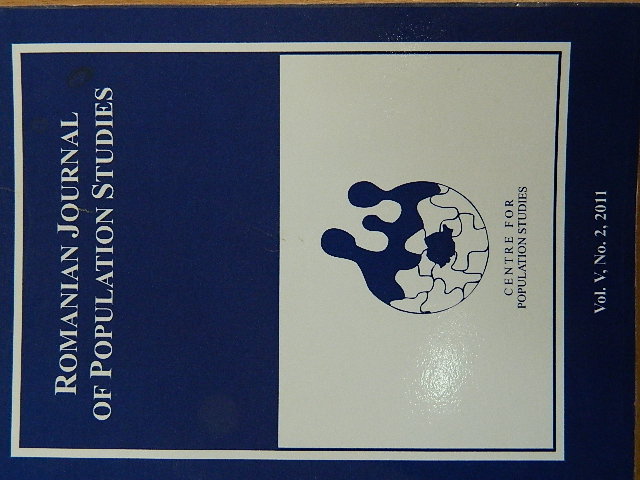European Illegitimacy Trends in Connection with Domestic Service and Family Systems (1545-2001)
European Illegitimacy Trends in Connection with Domestic Service and Family Systems (1545-2001)
Author(s): Antoinette Fauve-ChamouxSubject(s): History
Published by: Centrul de Studiere a Populaţiei
Keywords: illegitimacy; domestic service; life-cycle service; marriage; celibacy; fertility; demographic transition; house; single heir; family strategies; labour market; migration; Roman-Catholic; Protestant; Alps; Pyrenees.
Summary/Abstract: An increase in illegitimacy ratios happened all over Europe in the middle of the 17th century and kept on, at least until 1850. A decrease followed up to the 1960s, when a “second demographic transition” appeared. In previous studies, the author suggested that non egalitarian family transmission systems could explain why some European regions, together with a high age at first marriage, used to present particularly high rate of illegitimacy in the past, when non-inheriting young people, males and females were often employed in domestic service and faced impediments or delays to establish an independent household and get married. Further in this line, taking account of family systems and socio-demographic and economic changes, the paper strongly suggests that the long trend in European illegitimacy figures should be considered in connection with a parallel dropping tendency in the frequency of domestic service: the innovating argument that the post-1850 decline in illegitimacy should be considered as linked to the declining attraction of traditional European models of domestic service brings a kind of missing key to a 40 year-old problem (Shorter, Knodel et Van de Walle 1971).
Journal: Romanian Journal of Population Studies
- Issue Year: 5/2011
- Issue No: 2
- Page Range: 8-45
- Page Count: 39
- Language: English
- Content File-PDF

